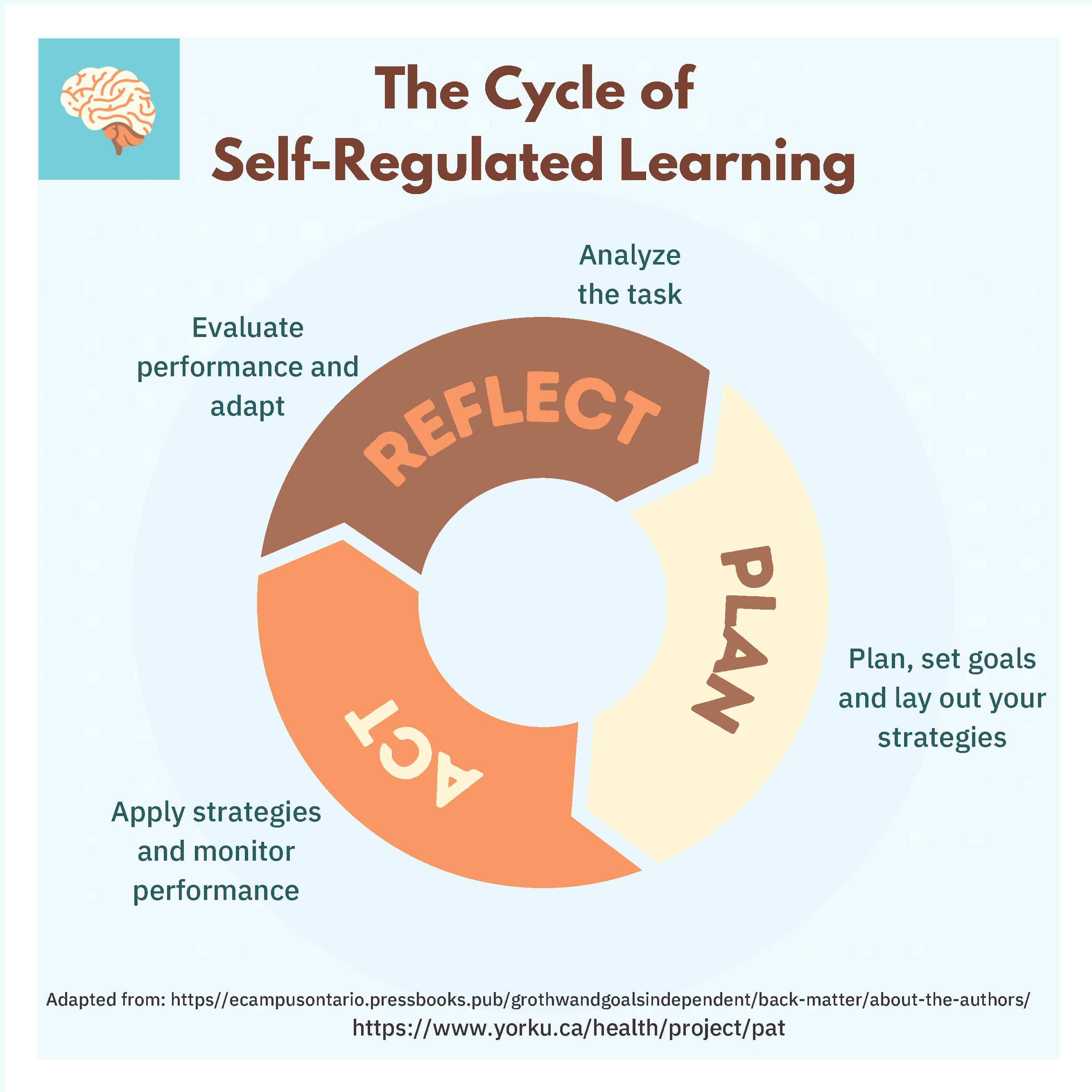Unit 1 Building and Sustaining Community Online
Establishing a Community of Inquiry
Your course has the potential to bring together all three presences and how you ultimately do it will be guided by your teaching preferences, the various teaching practices of your discipline, and the learning outcomes guiding your course. When we invest deliberate time and effort into building a community of inquiry in online learning, the evidence shows that students will be more successful.
Being intentional about incorporating elements of each of three presences can foster conditions for an effective learning experience. Activities and assessments that promote engagement should be meaningful and intentional, otherwise they can be perceived as busy work that learners find burdensome, rather than helping to create a sense of community in the course.
Establishing each presence can mean:
- Teaching Presence is established when an instructor considers their actual learners and builds up the course structure, feedback system and opportunities for learners to engage.
- Cognitive Presence is established when learning activities are designed so that they take students through the four phases of discovery/activation, exploration/demonstration, integration/application, and resolution/reflection. You do not need to construct activities where these phases are linear; for example, you might pose problems first, in order to stimulate and focus discovery.
- Social Presence is established when a well-designed course provides opportunities for learners to interact and learn with each other and build up a sense of community. This facilitates learners to engage in more thinking activities and collaborative processes to construct new knowledge through cognitive presence.
Further, we can think of the different tasks we do when we facilitate learning in the context of the Community of Inquiry. For example:
- When we are setting the climate, it is a crossover between Social Presence and Teaching Presence
The facilitation strategies used to welcome and orient students at the beginning of a course are an example of actions that instructors used to set the climate of their course. Other examples are setting expectations of what is acceptable behaviour within the learning environment at the beginning, as well as being a model of this expectation throughout the course. We will talk more about setting the climate in Unit 3 Being an Online Education with suggestions for many more strategies.
- When we support discourse, it is a crossover between Cognitive Presence and Social Presence
Particularly when using teaching strategies that rely on facilitation, learning through discussion, and co-operative and collaborative work, the instructor’s role draws upon facilitation skills that support and guide online learners. Facilitation is considered as a separate group of skills that are employed to support learners in critical reflection and inquiry and to keep them engaged in learning. These skills are also used by instructors to keep students engaged in their learning as they are getting through their course. We will talk more about supporting discourse in Unit 3 Being an Online Education with many more strategies. Additionally, Unit 4 Facilitating Synchronous Learning and Unit 5 Facilitating Asynchronous Learning will address specific techniques for each.
- When we support students’ ability to regulate their learning, it is a crossover between Teaching Presence and Cognitive Presence
Tapping into students’ motivation means students are actively managing their own learning, where they perform a cycle of planning, acting, and reflecting, and then planning once more. It means they are setting goals and setting out their own strategies to tackle course learning requirements, where they apply these strategies and monitor how they are doing, and where they then evaluate how they are doing in terms of their planning and application and make modifications as necessary. It is our view that incorporating course elements that are considered to be essential for a quality online course (the topic of Unit 2 What’s Online), combined with instructional practices that set a positive learning climate, support discourse, ensure good channels of communication and an appropriate degree of interactivity, that when these conditions are present, students have what they need to do what they need to do in order to manage their own learning. Self-regulated Learning is the term that we use to refer to when students manage their own learning, and this diagram belows illustrates the concept.


